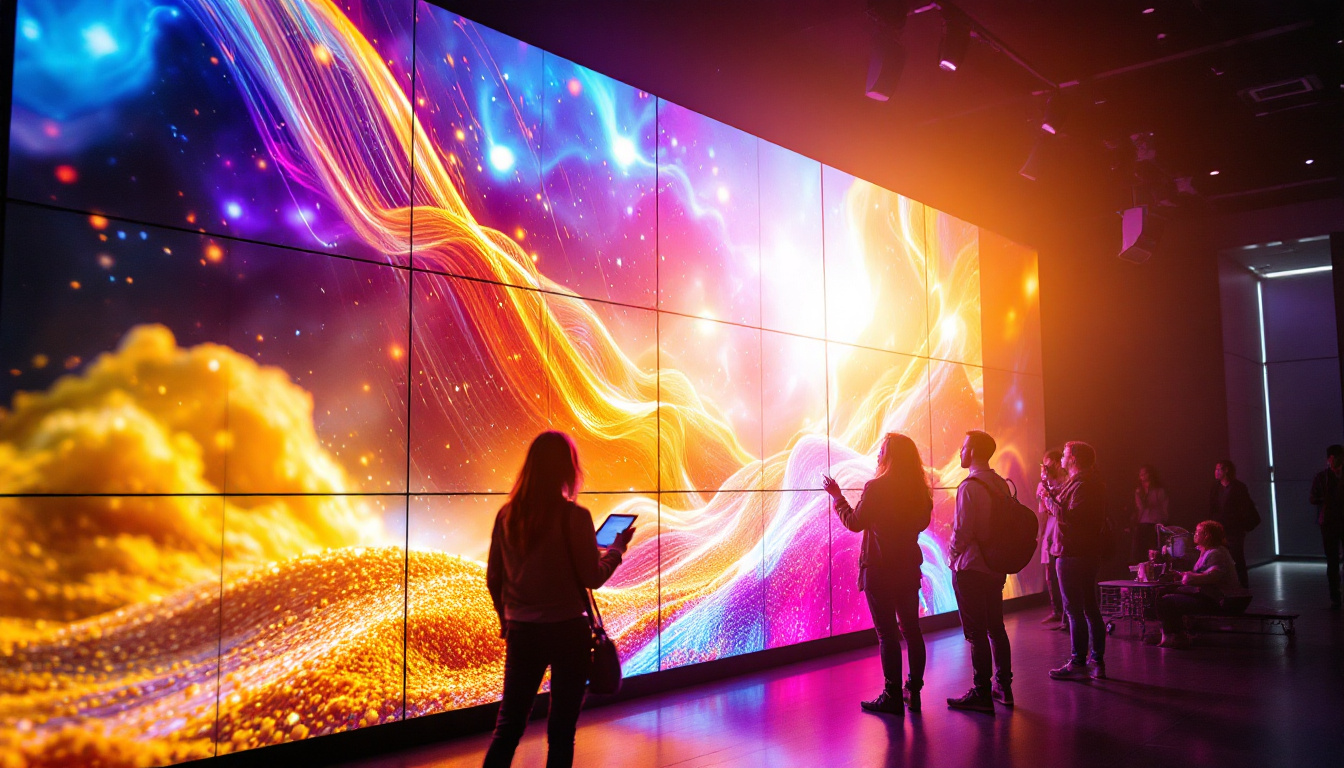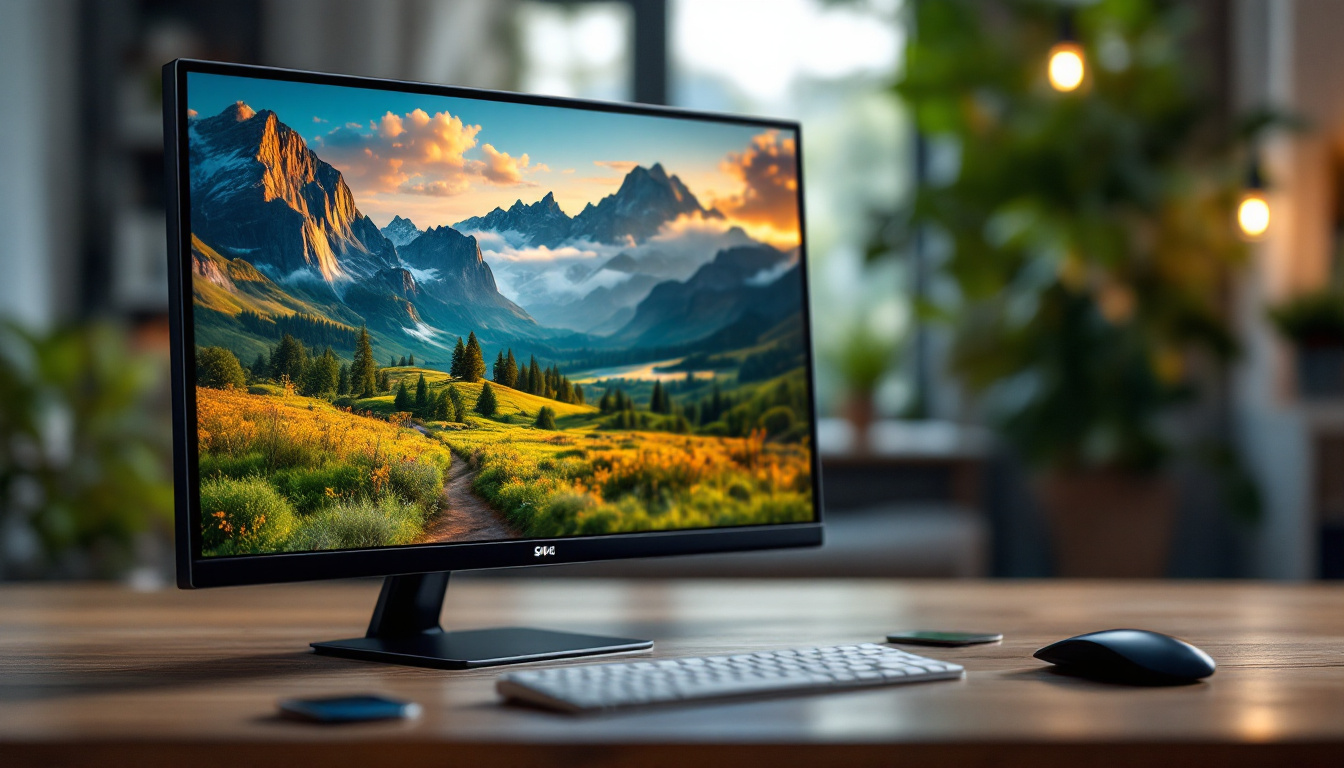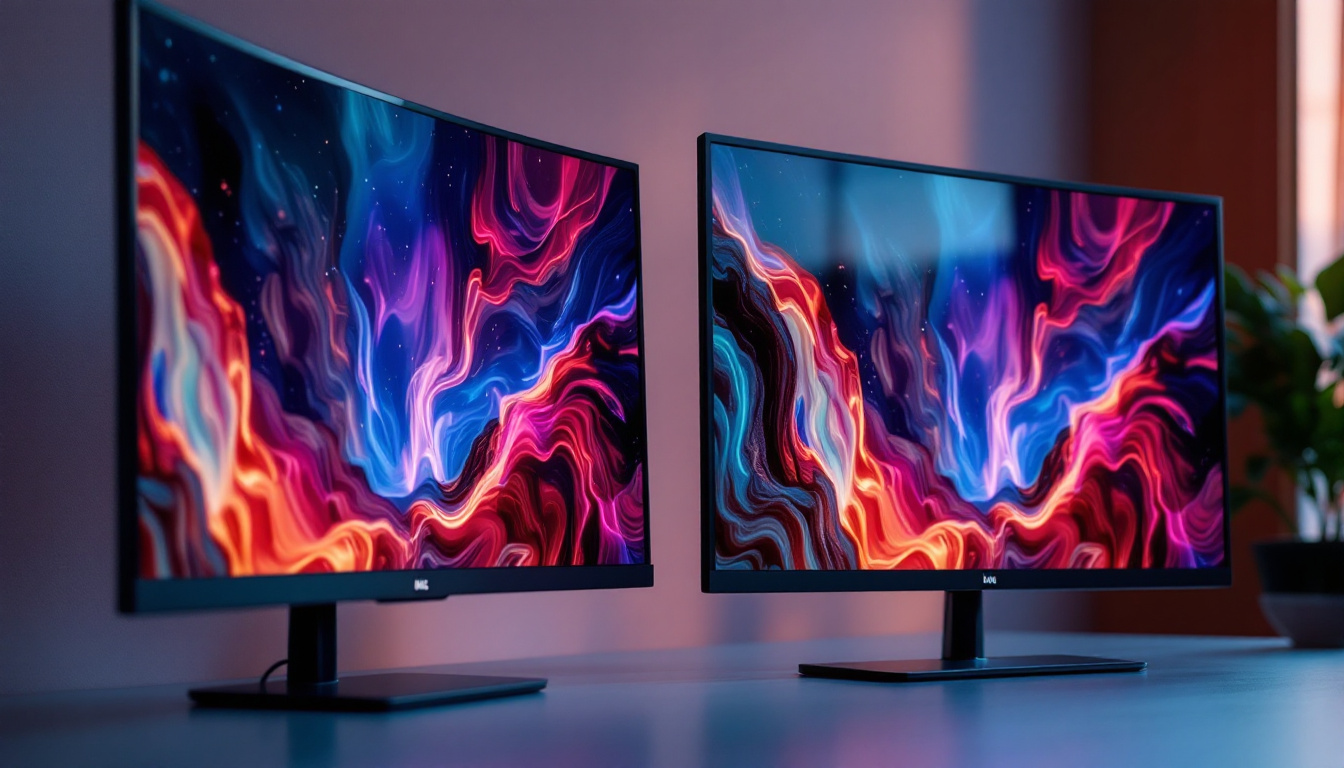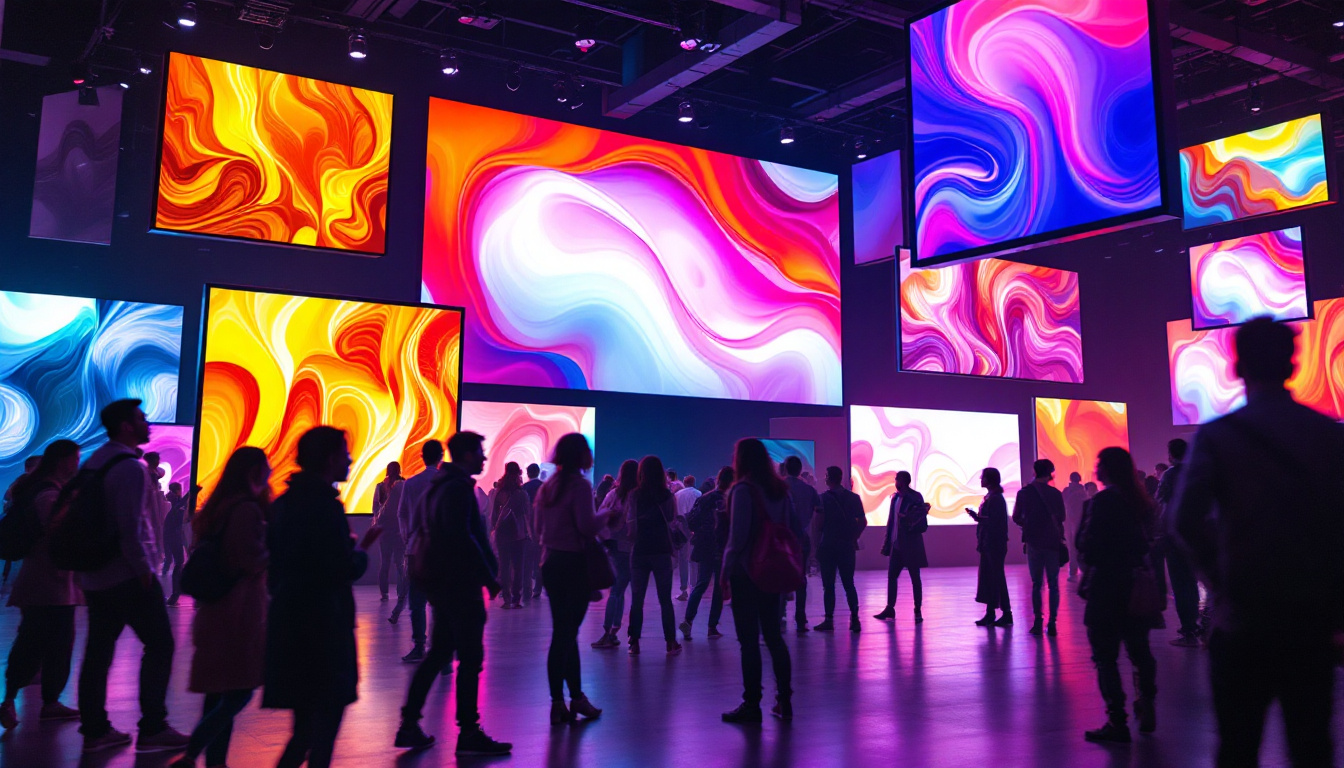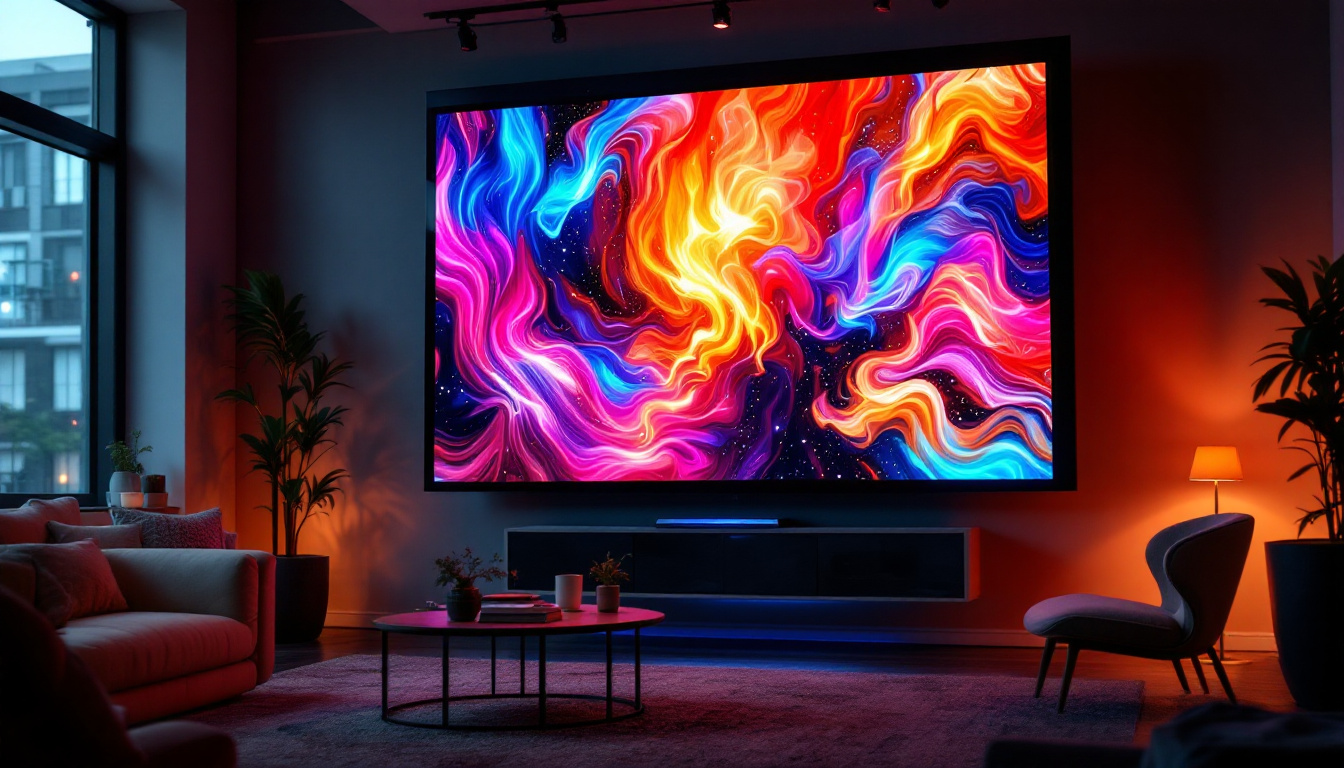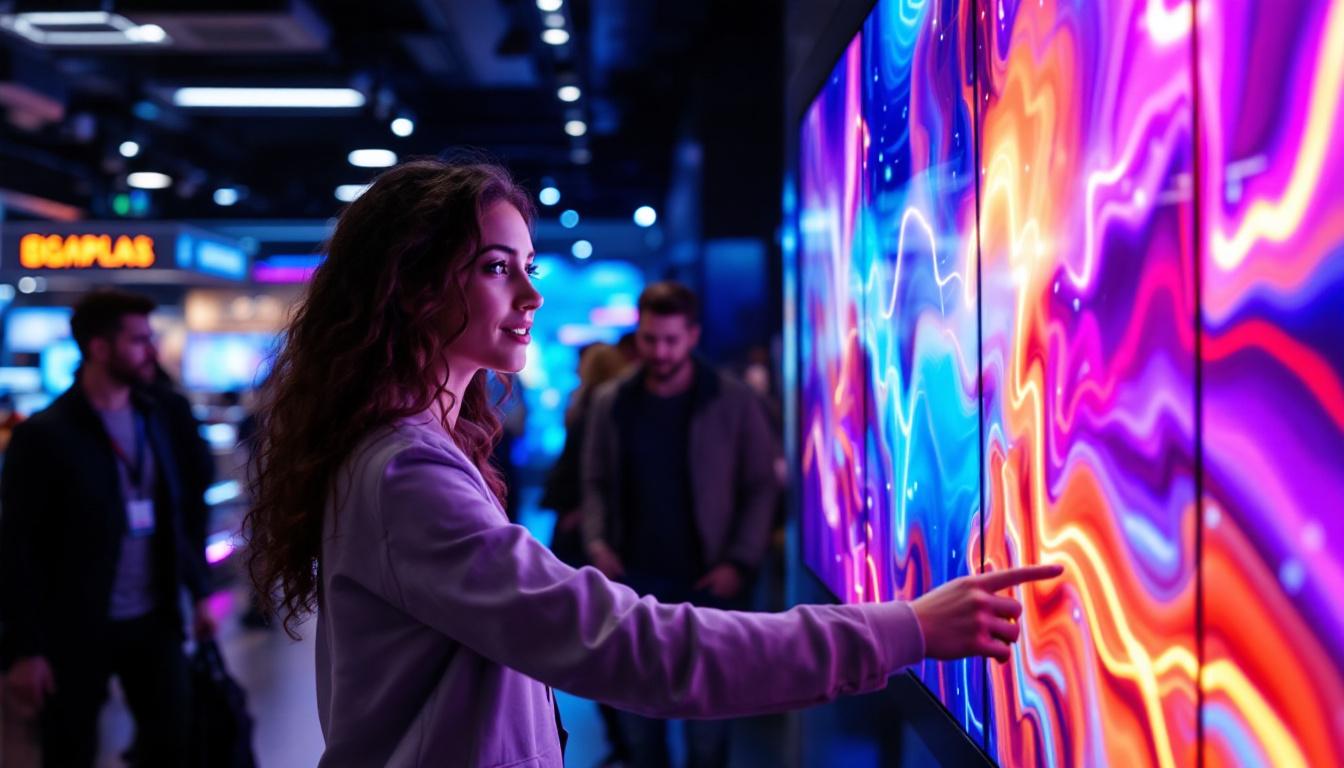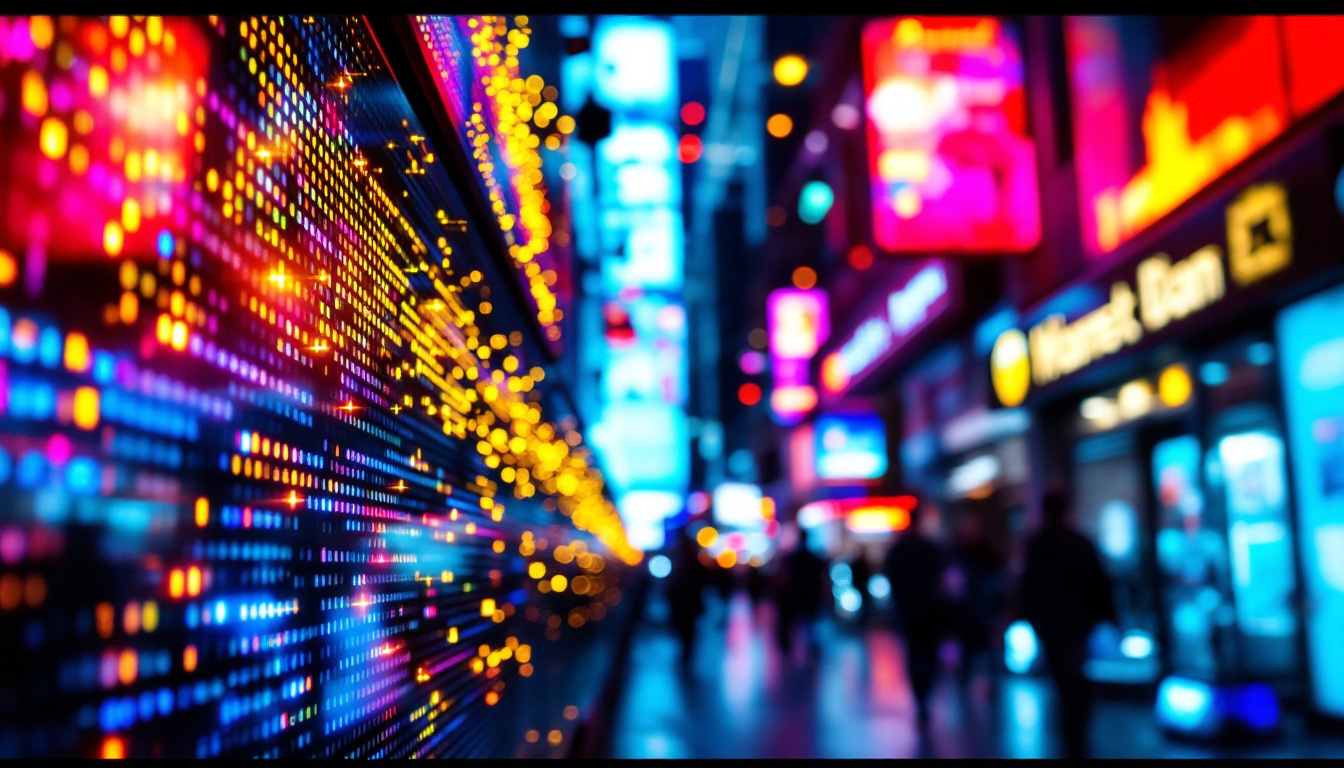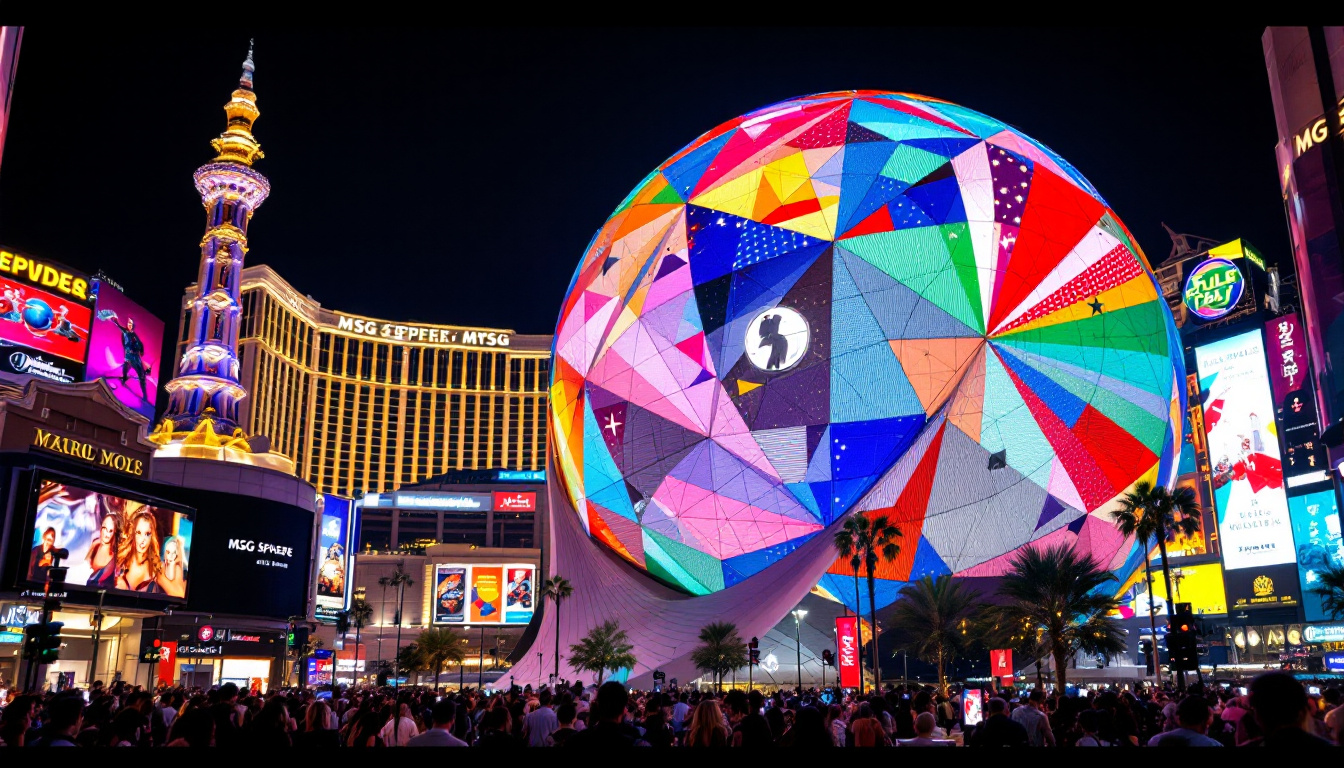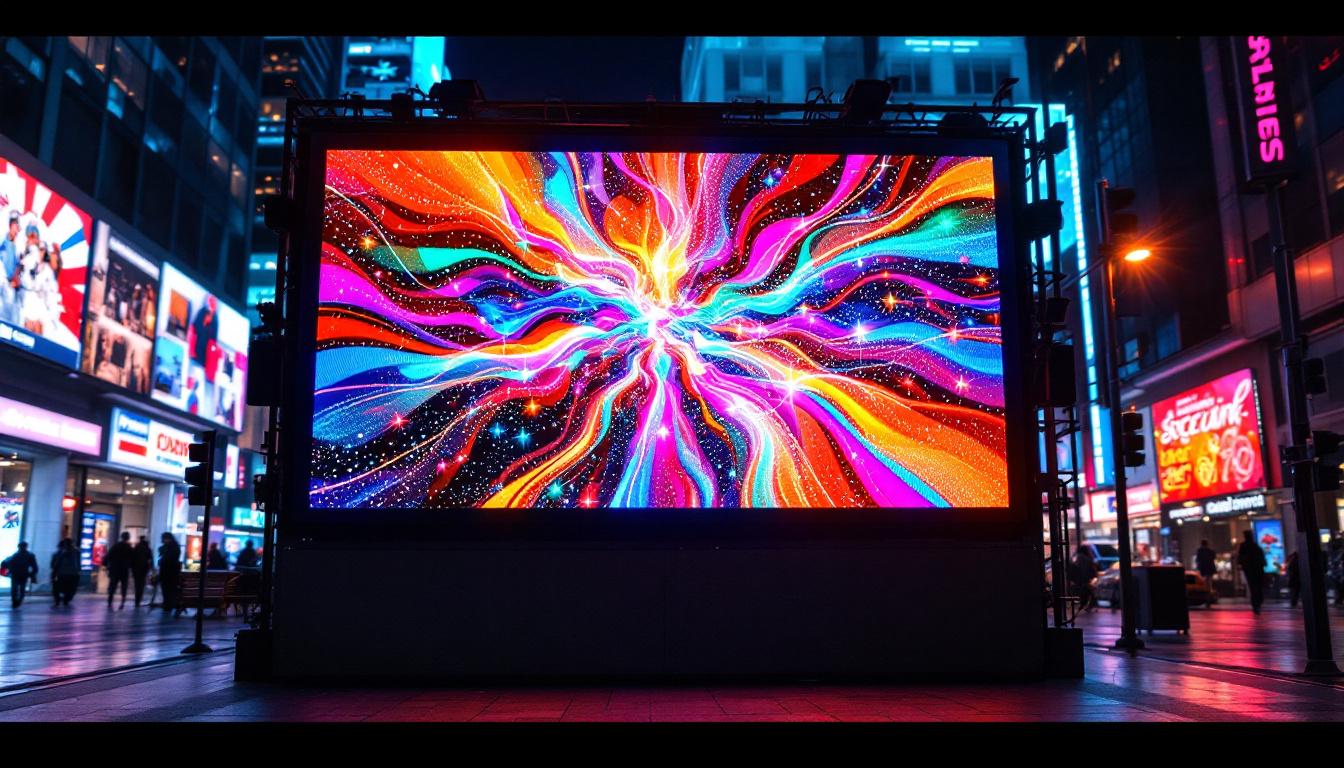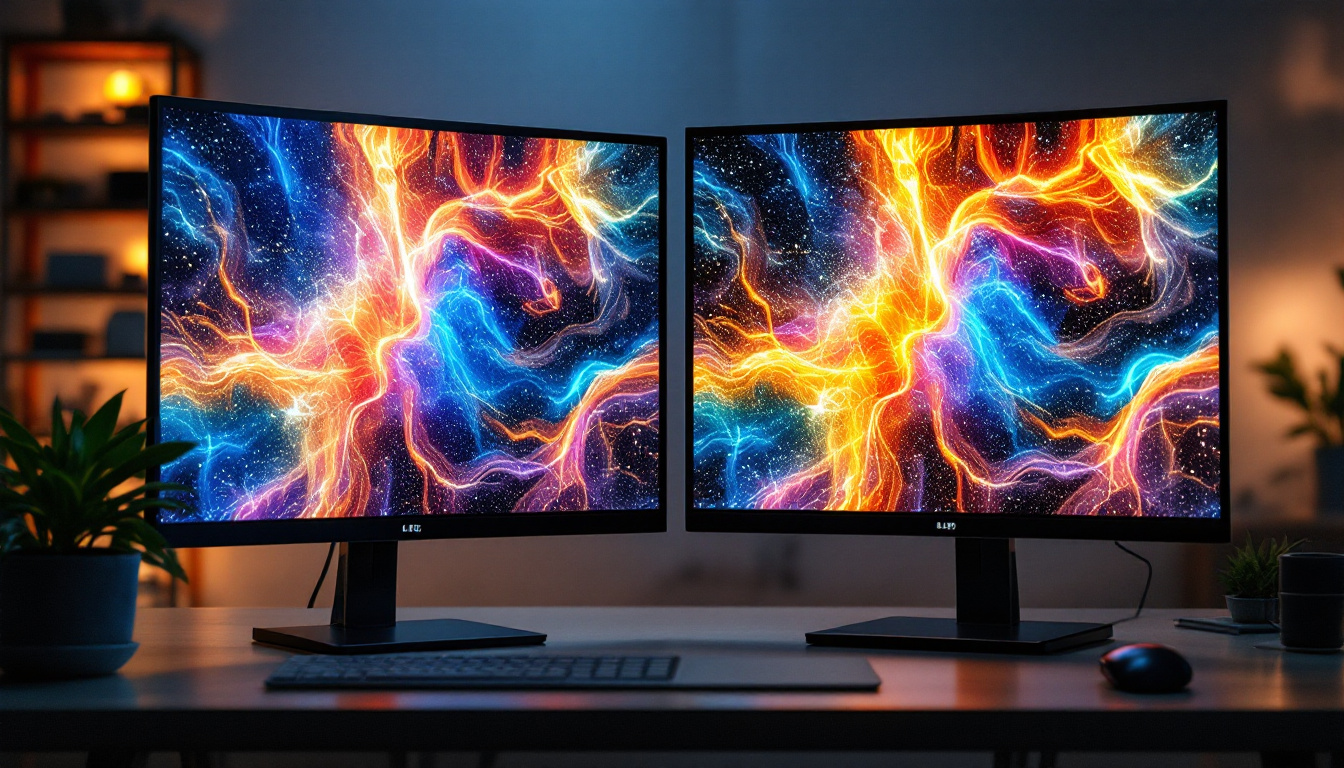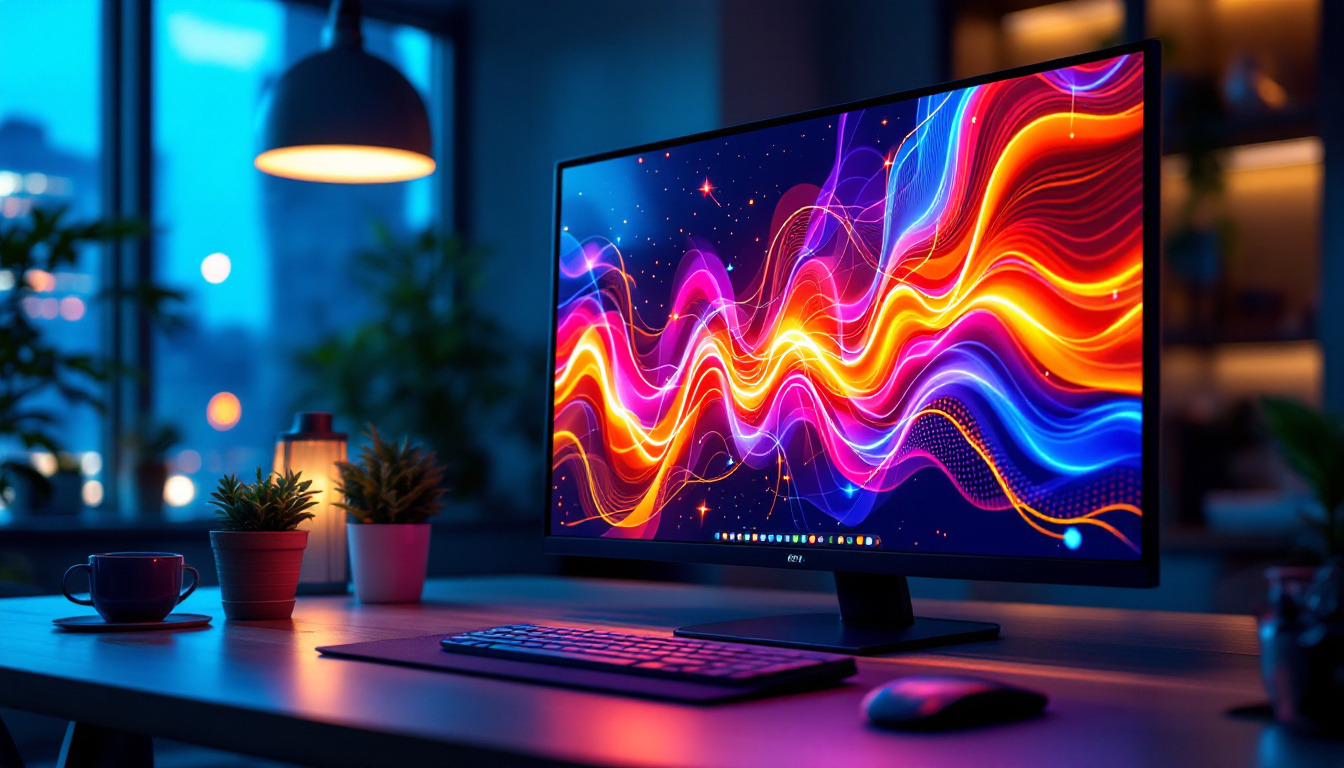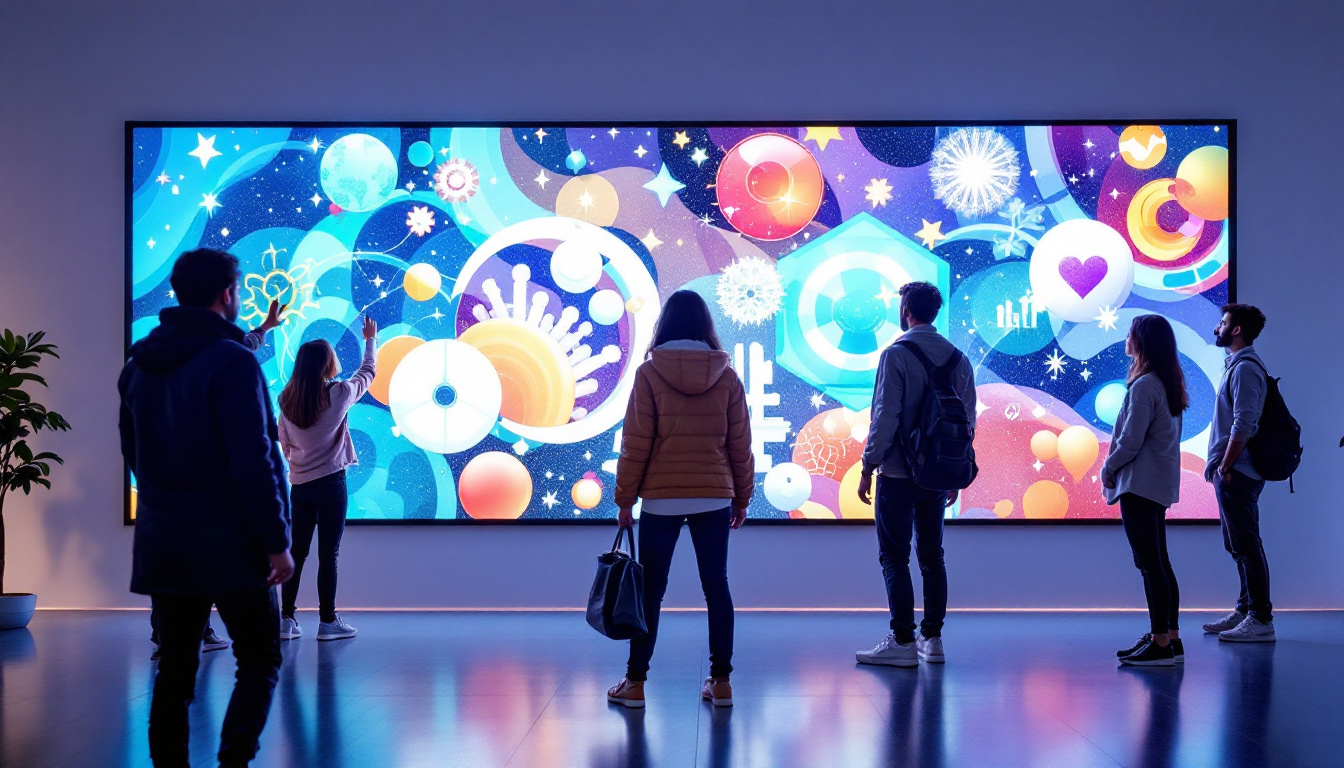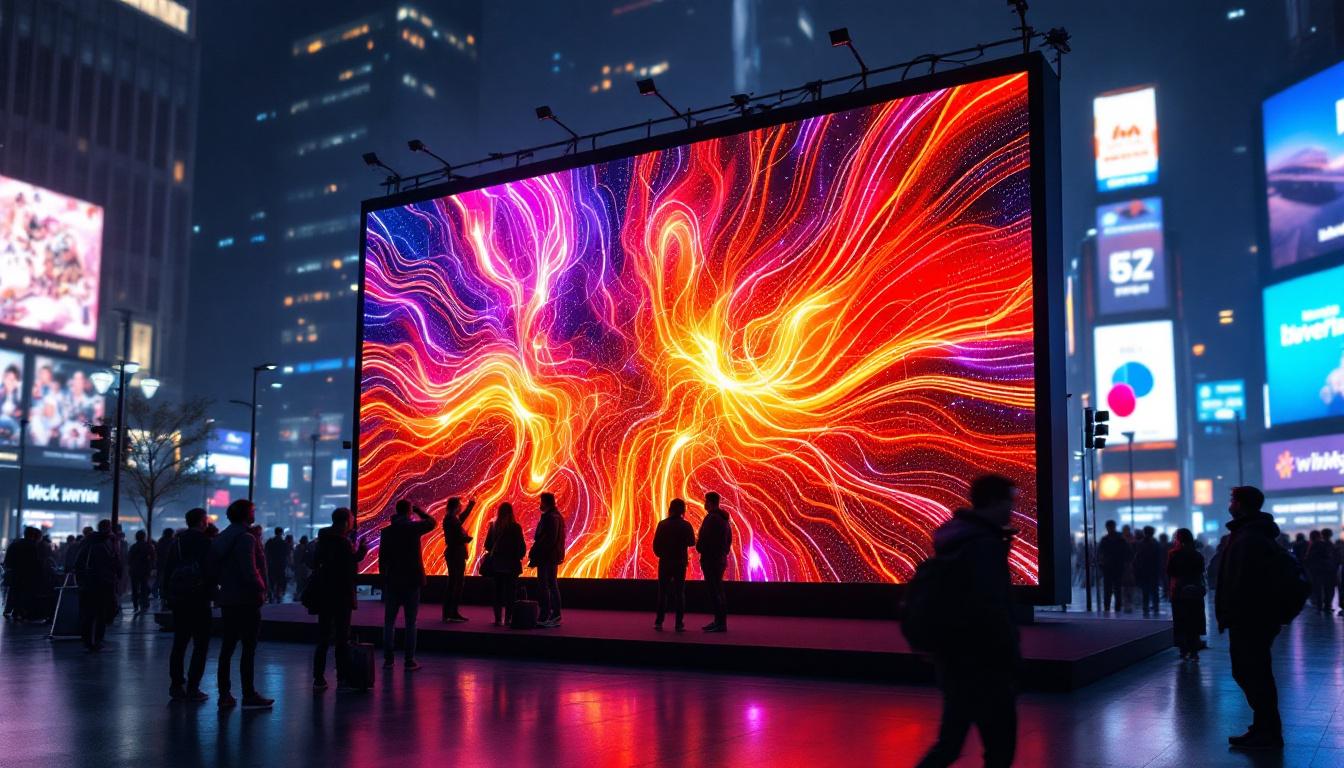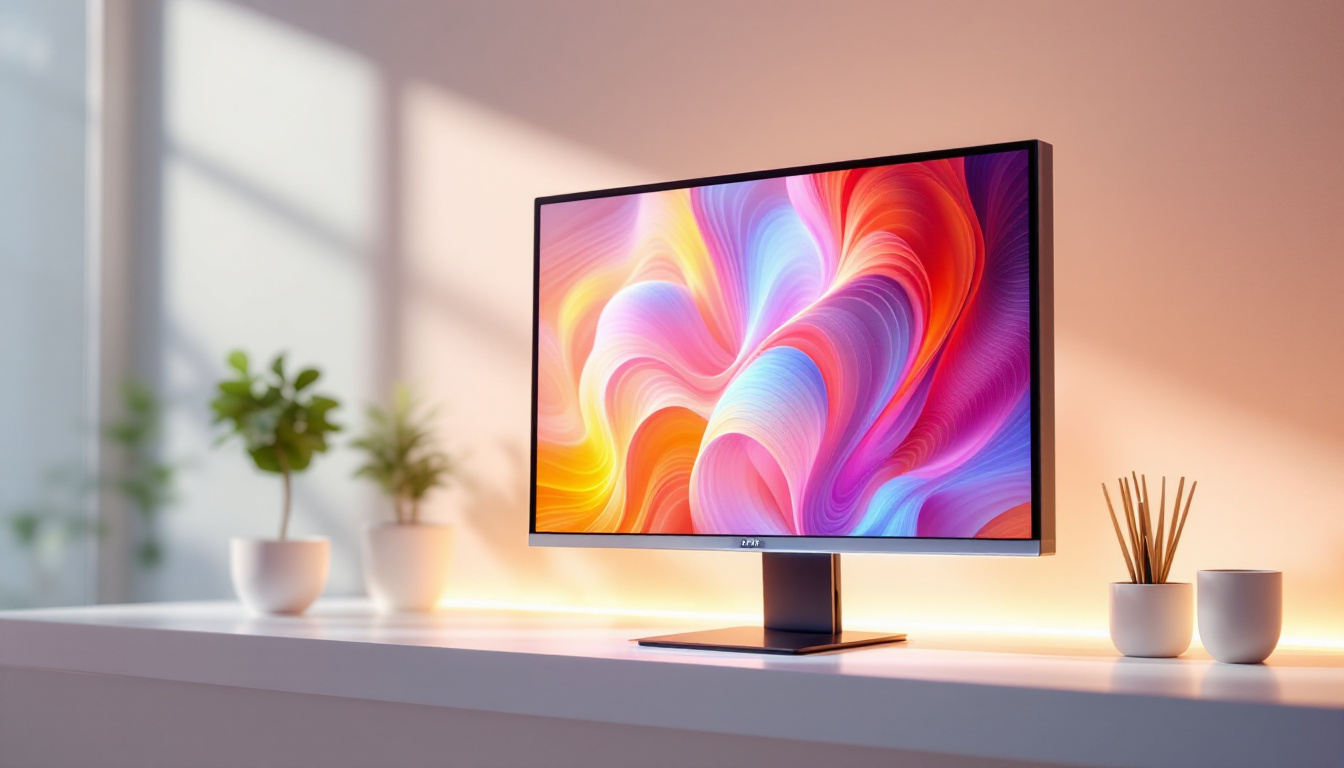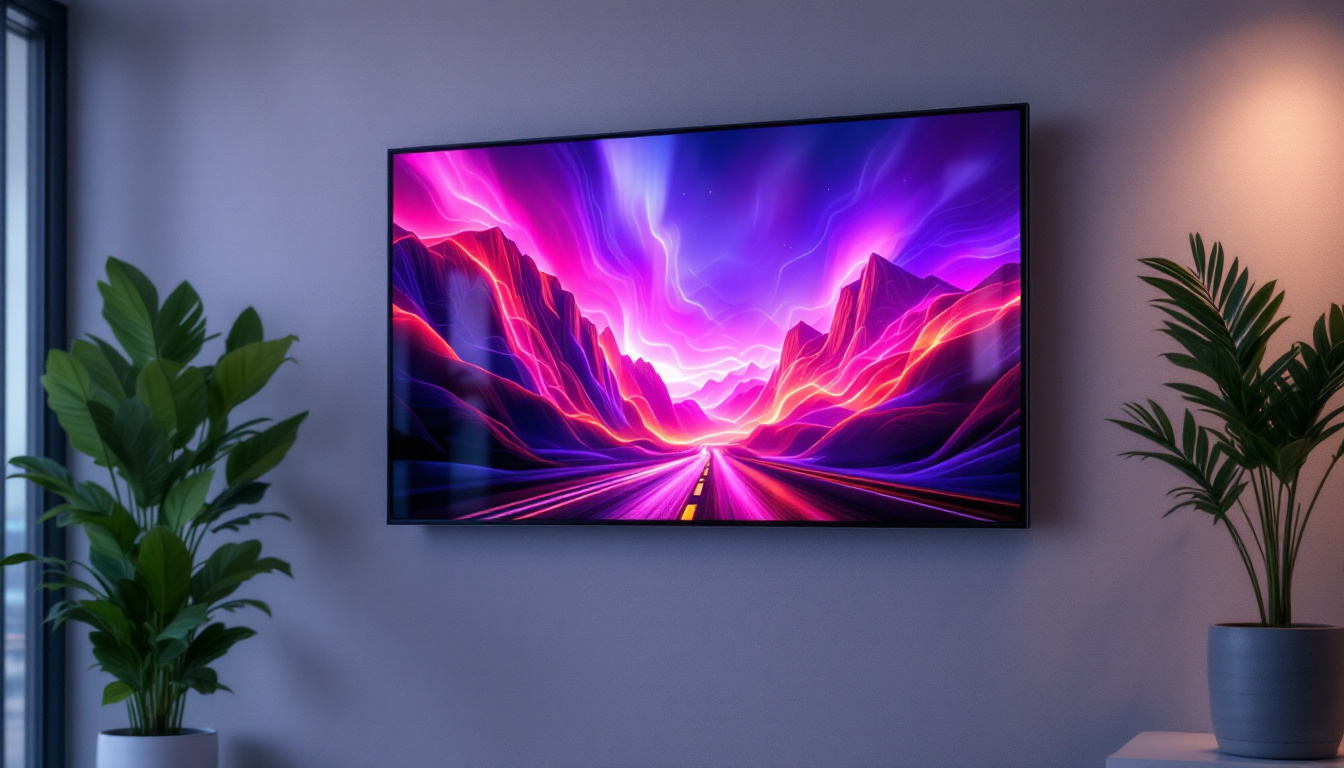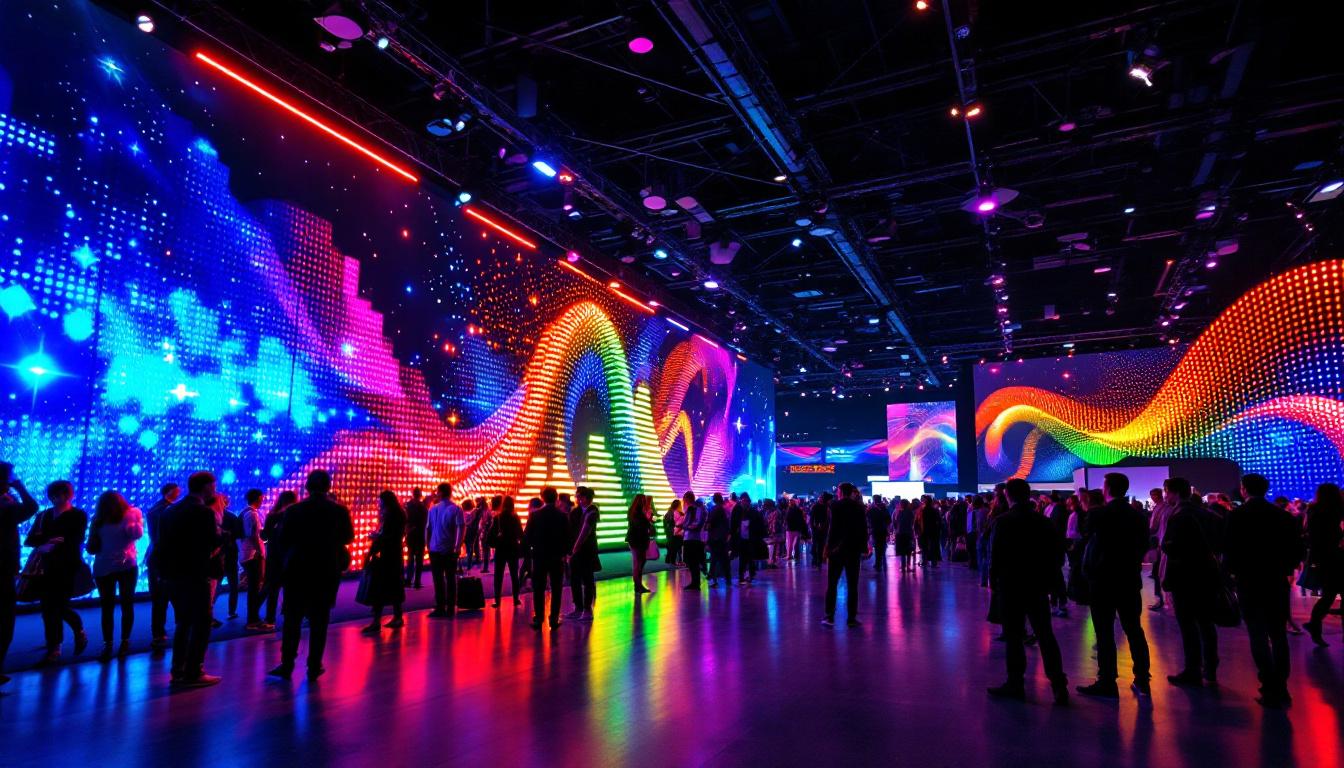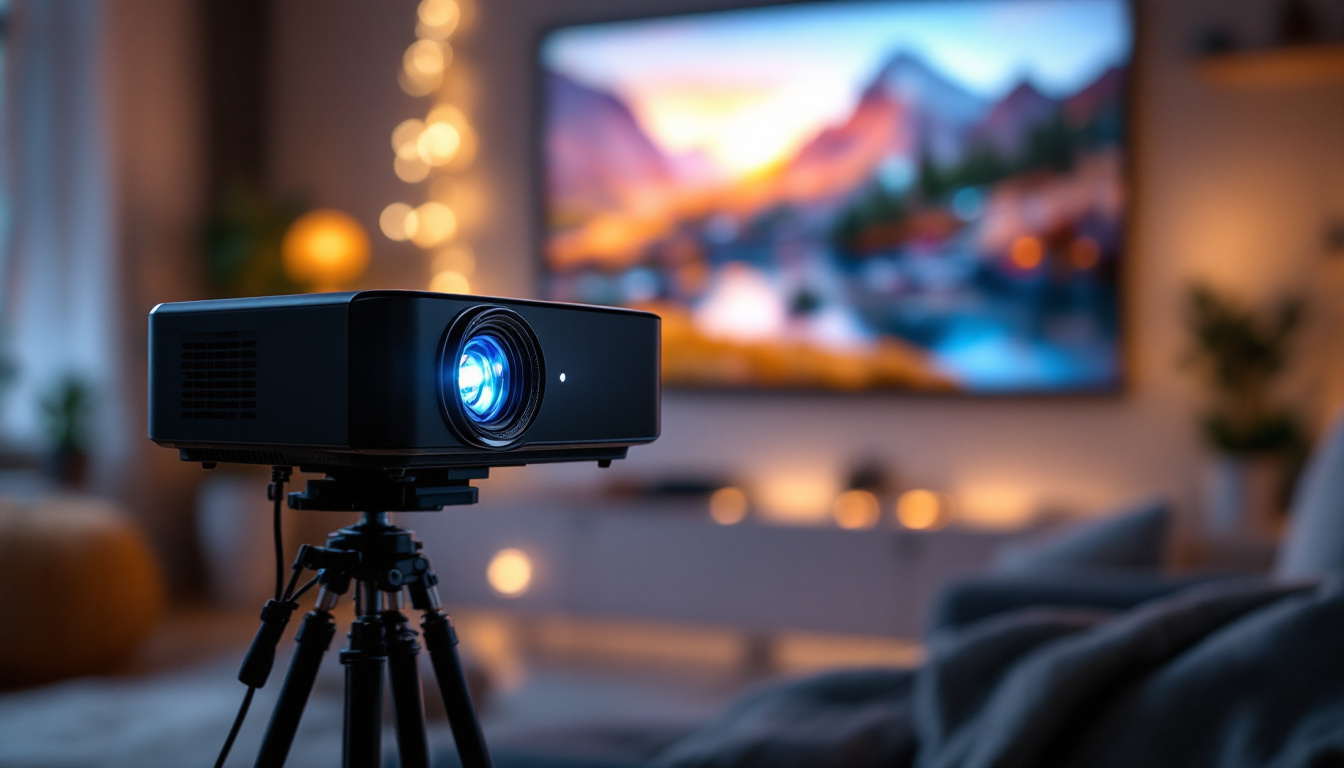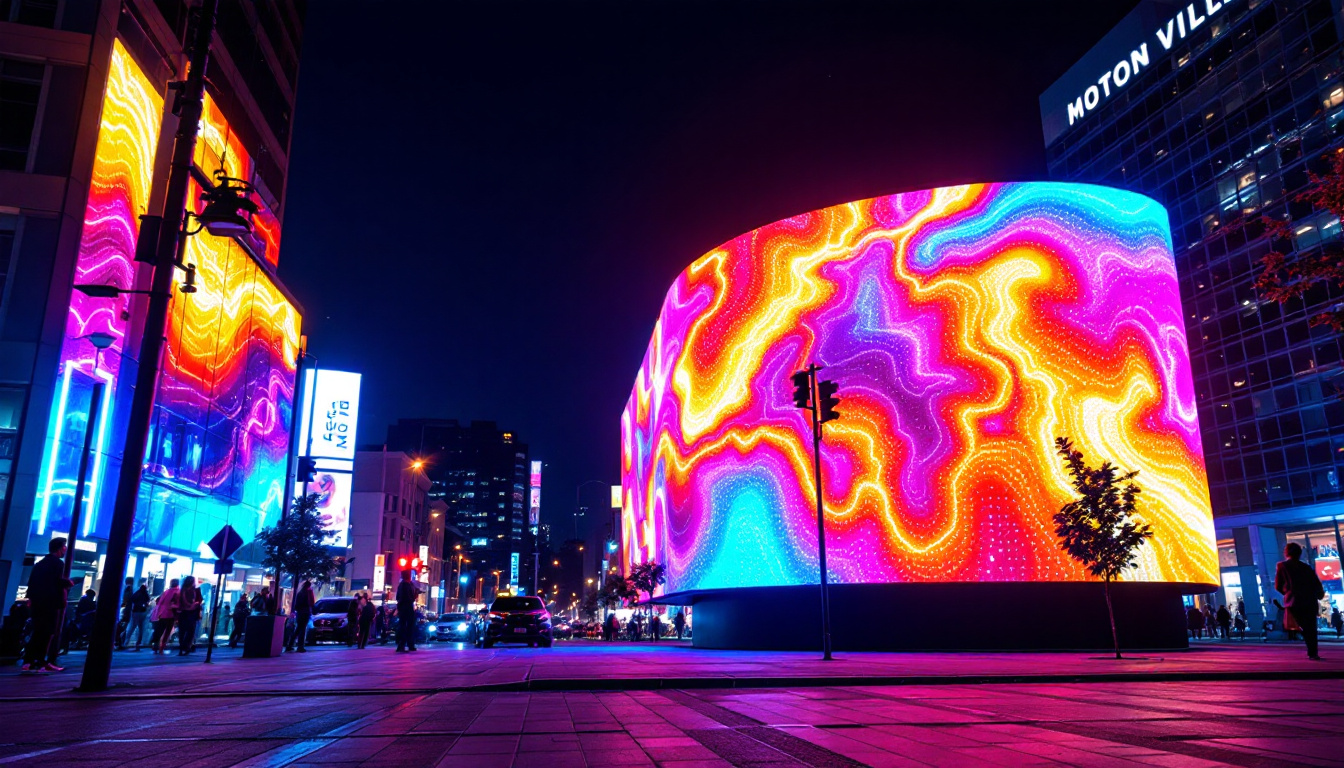IPTV & Video Wall Installations: LED Display Explained
In the modern era of digital communication, the way we consume media has transformed dramatically. IPTV (Internet Protocol Television) and video wall installations have become essential components in various sectors, from corporate environments to entertainment venues. This article delves into the intricacies of IPTV and LED video wall technology, exploring their functionalities, benefits, and applications.
Understanding IPTV
IPTV, or Internet Protocol Television, refers to the delivery of television content over the Internet instead of traditional terrestrial, satellite, or cable formats. This technology has revolutionized how viewers access and enjoy their favorite shows, movies, and live broadcasts. With the rise of high-speed internet connections, IPTV has become increasingly popular, allowing users to enjoy a vast array of content without the limitations of conventional broadcasting methods.
How IPTV Works
IPTV operates by converting television signals into data packets, which are then transmitted over an Internet connection. Users can access these packets through a set-top box or compatible device, allowing for a seamless viewing experience. Unlike traditional broadcasting, IPTV offers a more interactive experience, enabling users to select content on-demand. This flexibility means that viewers can curate their own viewing schedules, watching what they want, when they want, without being tied to a broadcaster’s schedule.
This technology relies on a robust broadband connection to ensure high-quality streaming. The use of various protocols, such as HTTP Live Streaming (HLS) and Real-Time Streaming Protocol (RTSP), ensures that content is delivered efficiently and with minimal latency. Additionally, IPTV can adapt to varying bandwidth conditions, automatically adjusting the quality of the stream to maintain a smooth viewing experience, even in less-than-ideal internet situations.
Types of IPTV Services
There are three primary types of IPTV services: Video on Demand (VOD), Time-Shifted TV, and Live Television. Each service caters to different viewing preferences and needs. This diversity allows users to choose a service that best fits their lifestyle, whether they are binge-watching the latest series or catching up on missed episodes.
- Video on Demand (VOD): This service allows users to watch content at their convenience, selecting from a vast library of movies and shows. VOD platforms often feature a mix of new releases and classic favorites, catering to a wide range of tastes.
- Time-Shifted TV: This feature enables viewers to watch previously aired programs at a later time, providing flexibility in viewing schedules. It often includes features like catch-up TV, which lets users access shows they may have missed during their original broadcast.
- Live Television: Users can stream live broadcasts of events, news, and shows in real-time, similar to traditional television. This service is particularly popular for sports events, news coverage, and other live programming that benefits from immediate access.
Benefits of IPTV
The advantages of IPTV are numerous, making it an attractive option for both consumers and service providers. Some of the key benefits include:
- Flexibility: IPTV allows users to watch content on various devices, including smartphones, tablets, and smart TVs, providing unparalleled convenience. This multi-device capability means that viewers can enjoy their favorite shows whether at home, commuting, or traveling.
- Customizable Packages: Many IPTV providers offer tailored packages, allowing users to select channels and services that suit their preferences. This customization can lead to significant cost savings, as users can avoid paying for channels they do not watch.
- Enhanced Features: Interactive features such as pause, rewind, and fast-forward enhance the viewing experience, setting IPTV apart from traditional TV. Additionally, many IPTV services provide access to supplementary content, such as behind-the-scenes footage, interviews, and related documentaries, enriching the overall viewing experience.
Exploring Video Wall Installations
Video walls are large displays consisting of multiple screens or panels that work together to present a cohesive image or video. They are commonly used in various settings, including control rooms, corporate environments, retail spaces, and entertainment venues. The technology behind video walls has evolved significantly, resulting in high-quality displays that captivate audiences.
Components of a Video Wall
A video wall system typically comprises several key components:
- Display Panels: These are the individual screens that make up the video wall. They can be LED, LCD, or projection-based, with LED being the most popular due to its brightness and color accuracy.
- Video Wall Processor: This device manages the content displayed on the video wall, allowing for seamless transitions and multi-source inputs.
- Mounting Hardware: Proper mounting is crucial for ensuring the alignment and stability of the display panels, which can be configured in various shapes and sizes.
Benefits of Video Walls
Video walls offer several advantages that make them an appealing choice for businesses and organizations:
- High Visibility: The large format of video walls ensures that content is easily visible from a distance, making them effective for advertising and presentations.
- Versatility: Video walls can display a variety of content types, from live feeds and presentations to advertisements and interactive applications.
- Enhanced Engagement: The immersive experience provided by video walls can capture audience attention more effectively than traditional displays.
Applications of Video Walls
Video walls can be utilized in numerous environments, enhancing communication and engagement across various sectors:
- Corporate Settings: In conference rooms and lobbies, video walls can be used for presentations, data visualization, and corporate branding.
- Retail Spaces: Retailers use video walls to showcase products, promotions, and brand stories, creating an engaging shopping experience.
- Control Rooms: In security and monitoring applications, video walls provide real-time data visualization, enabling quick decision-making.
The Role of LED Displays in IPTV and Video Walls
LED (Light Emitting Diode) displays have become the preferred technology for both IPTV and video wall installations due to their superior performance and versatility. Understanding the advantages of LED technology is crucial for making informed decisions in these applications.
Advantages of LED Displays
LED displays offer several benefits that make them ideal for IPTV and video wall setups:
- Brightness: LED displays are known for their high brightness levels, making them suitable for environments with varying lighting conditions.
- Color Accuracy: With a wide color gamut, LED displays deliver vibrant and accurate colors, enhancing the visual experience.
- Energy Efficiency: LED technology consumes less power compared to traditional display technologies, making it a more sustainable choice.
Integration of LED Displays with IPTV
The integration of LED displays with IPTV systems enhances the overall viewing experience. By leveraging the capabilities of LED technology, IPTV providers can deliver high-quality content that captivates audiences. This integration allows for:
- dynamic content delivery: IPTV can deliver a wide range of content, including advertisements, live broadcasts, and interactive applications, all displayed on high-quality LED screens.
- Real-Time Updates: LED displays can be used to showcase real-time information, such as news updates or social media feeds, enriching the viewer’s experience.
- Seamless User Experience: The combination of IPTV and LED displays creates a cohesive viewing experience, where users can enjoy high-definition content without interruptions.
Future Trends in LED Display Technology
The LED display industry is continuously evolving, with advancements that promise to enhance performance and functionality further. Some emerging trends include:
- MicroLED Technology: This cutting-edge technology offers even higher resolutions and improved color accuracy, paving the way for ultra-high-definition displays.
- Flexible Displays: Innovations in flexible LED technology allow for creative installations, enabling displays to be curved or shaped to fit unique environments.
- Smart Displays: Integration with IoT (Internet of Things) technology allows LED displays to become smarter, enabling features such as remote management and real-time analytics.
Choosing the Right Installation for Your Needs
When considering IPTV and video wall installations, it’s essential to evaluate specific needs and requirements. The choice of technology and installation type will significantly impact the effectiveness of the solution.
Assessing Your Requirements
Before proceeding with an installation, organizations should assess their specific needs, including:
- Content Type: Determine the type of content that will be displayed, as this will influence the choice of technology and configuration.
- Viewing Environment: Consider factors such as lighting conditions and audience distance, which will affect the choice of display technology.
- Budget: Establish a budget that encompasses not only the initial installation costs but also ongoing maintenance and content management expenses.
Engaging Professional Services
Working with professional installation services can ensure a successful deployment of IPTV and video wall systems. Professionals bring expertise in:
- System Design: Experts can design a system tailored to specific needs, optimizing the layout and technology selection.
- Installation: Professional installation ensures that all components are properly set up and calibrated for optimal performance.
- Maintenance: Ongoing support and maintenance services can help address any technical issues and keep the system running smoothly.
Evaluating Performance and ROI
After installation, it is crucial to evaluate the performance of the IPTV and video wall systems. Metrics such as viewer engagement, content reach, and return on investment (ROI) should be monitored to assess effectiveness. Regular evaluations can help identify areas for improvement and ensure that the technology continues to meet organizational goals.
Conclusion
IPTV and video wall installations represent the forefront of modern media consumption and presentation technology. With the integration of LED displays, these systems offer unparalleled flexibility, engagement, and visual quality. By understanding the intricacies of IPTV and video walls, organizations can make informed decisions that enhance their communication strategies and captivate their audiences.
As technology continues to evolve, staying abreast of the latest advancements and trends will be crucial for maximizing the benefits of IPTV and video wall installations. Embracing these technologies can lead to significant improvements in how content is delivered and experienced, paving the way for a more connected and engaging future.
Discover LumenMatrix’s Advanced LED Display Solutions
Ready to elevate your media consumption and presentation capabilities? Explore LumenMatrix’s comprehensive range of LED display solutions, designed to bring your content to life with unmatched brightness, color accuracy, and energy efficiency. From dynamic indoor and outdoor displays to innovative custom configurations, LumenMatrix is at the forefront of LED technology, ensuring your message resonates with clarity and impact. Check out LumenMatrix LED Display Solutions today and transform the way you engage with your audience.

